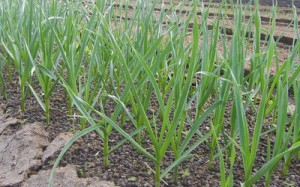 Many gardeners know such a reception - after one culture to plant a completely different place to this place. This helps against pests - many of them lay the larvae or they are hidden for the winter among the beds delicious plants for them.
Many gardeners know such a reception - after one culture to plant a completely different place to this place. This helps against pests - many of them lay the larvae or they are hidden for the winter among the beds delicious plants for them.
But we don't like the behavior of insects at all, naturally, we try to avoid it. And here we are planning a bed every year in a new way. This gives us the desired delay until the pests find the desired landings, our crops will have time to gain a little strength. Such a phora is very important, because the younger plant is, the easier it is to destroy it.
But even with this technique you need to be more inactive - if we are inattentive to the soil, we can lay some disease together with the landings. For example, malicious dew is a very typical disease of garden and garden plants. Imagine that she settled on some vegetable. And we did not pay attention, and together with the seeds planted this disease to another place. It turns out that the first and second landing place is also infected. Do we need it? Of course not.
It is very important to monitor the garden plants. It only seems to be that beds can simply plant and forget. In fact, labor on Earth is a fairly specific area. And if we also put such a goal as a big harvest - efforts will have to attach a lot accordingly.
So what then plant? This is a fairly common problem. Let's try to figure out the complex system of gardeners-masters.
What to put after garlic
Garlic, Together with him, onions, rather specific cultures. On their beds, you can place all sorts of annual herbs, winter wheat, early potato varieties, cucumbers, legumes. These cultures are absolutely recommended for landing after garlic. Not the best, but not the worst choice - tomatoes, cabbage, beet.
What to plant after garlic it is forbidden. At all is not recommended re-seeding garlic and onions in the same place. And you do not need to change them with places with each other.
With all other cultures, gardeners use two principles. The first is if the plants of one family, they will not alternate. Example - Painted Potatoes and Tomatoes. Umbrella carrots and dill. And so on, the family of the desired plant look in the botanist. This principle is explained quite simply - in plants of one species, some pests and illness. And we also use the transition from place to place to avoid insects and infection.
The second principle is to plant "tops after the roots" and vice versa. It is less effective than the first, but also has the right to use.
We recommend:
When to plant garlic - Ways and timing of garlic landing on a garden.
Why yellow garlic - How to recognize the disease in time and grow a good crop of garlic.





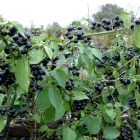

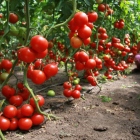
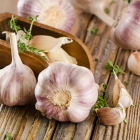


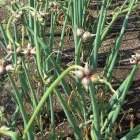
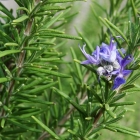
 Start a discussion ...
Start a discussion ...